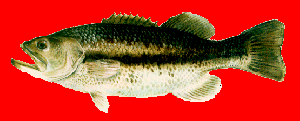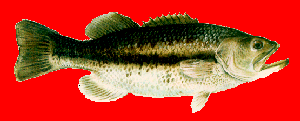3.1 MethodologyThe genetic material employed in transgenic induction is most commonly a gene coding for a protein product. If the gene has been derived from a genomic library of the donor species, then it will be referred to as being genomic and will include introns and perhaps some noncoding sequence at the downstream 3' end. It may also be driven by its own regulatory sequence, which will include the promoter, at its upstream 5' end. Alternatively, the 'gene' may have come from a cDNA library, reversed transcribed from message. In this case it will carry no introns nor flanking sequence. It will, therefore, have to be spliced to a suitable upstream promoter region and a 3' polyadenylation signal sequence. Even genomic sequences are most commonly spliced to new promoters, either because these will give increased expression, or particular tissue-specific expression, or even inducible expression. The combination of upstream regulatory sequence, coding sequence, and downstream flanking sequence, spliced together, is normally referred to as a gene construct. Such constructs can be introduced into production vectors such as bacterial plasmids, grown in bacterial clones, then recovered, removed in bulk from the plasmid sequence, and used in a concentrated solution of linear sequence for introduction into the animal of choice.
In order to introduce the genes into the recipient host, microinjection into the fertilized egg is most commonly used. The prime target is the nucleus, or egg pronuclei, but if these cannot be visualised, then injection into the presumptive perinuclear cytoplasm is the next best choice of methodology. Other methods of transgene introduction include electroporation, liposome-mediated gene transfer, and ballistics involving gene guns. None of these methods have as yet superseded microinjection as the most commonly used approach.
Depending on the species from which the eggs has been taken and whether the target is nuclear or perinuclear, the number of copies of transgene introduced varies from 103 to 107 per egg, carried in a sterile buffered carrier solution, sometimes together with an insert food dye to visualize satisfactory introduction.
Following the successful introduction of the multiple gene copies, the next hurdle to be crossed is achieving gene expressions. Even without chromosomal integration, many or most transgenes will express if successfully introduce. Detection of expression maybe possible in the embryo, especially if the gene product can be involved in the colorimetric reaction. However, early expression without integration is likely to have two characteristics, namely that it will be transient, ceasing when the active gene copies are subsequently degraded or lost, and mosaic, in that only some embryonic cells and tissues will have acquired transgene copies during embryonic cell multiplication. However, a different outcome is to be predicted if one or more transgene copies is eventually integrated into the chromosomal DNA of one or more cells. Then expression will be stable and non-transient, although it will still be mosaic. (Note that in some cases integrated transgene copies may not express -- see later. ) Stable integration is therefore the third hurdle to be surmounted, A last hurdle remains, however, namely germ transmission to progeny. This can only occur if at least some of the germinal tissue cells have integrated transgene copies. It also assumes that the integration event has either caused genetic damage to other genes --so called insertional mutagenesis -- so that viability is threatened, nor proved in any way disadvantageous to the gametic cells.
The bench methods which are used to surmount successfully these various hurdles includes the use of PCR to detect transgene copies, and the use of Southern blotting to confirm integration. The ultimate verification of integration is in situ hybridization, with an appropriate tagged probe, to a chromosome spread of the cells of the presumptive transgenic animal, or the cloning and sequencing of flanking regions.

